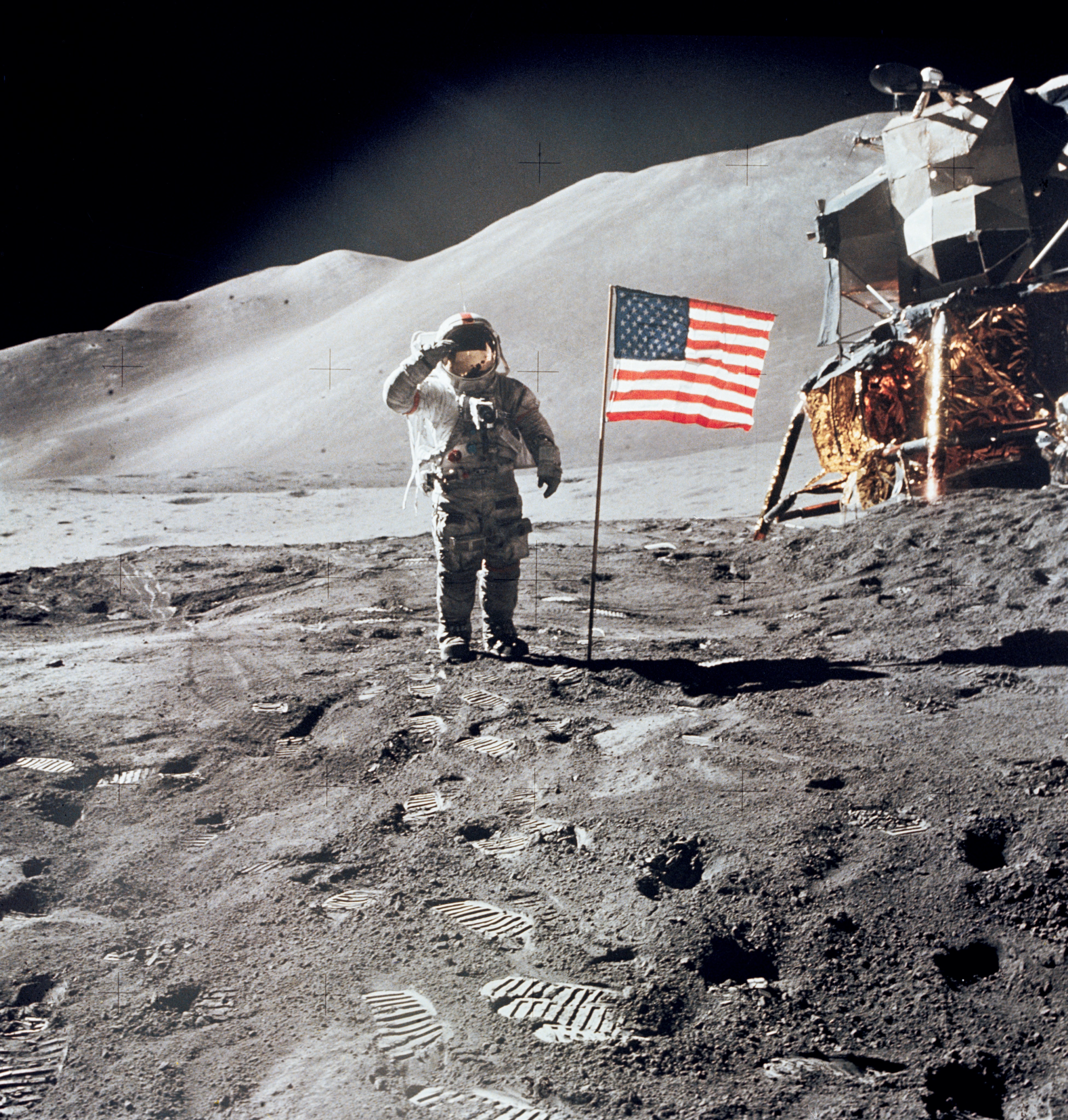This course explores how the United States has engaged with the world since 1776. After gaining independence from Britain, the United States looked westward, expanding its territory through indigenous dispossession and a pursuit of hemispheric dominance. By the end of the nineteenth century, the United States held overseas colonies. Soon thereafter, it became involved in one, and then a second, world war followed shortly by the Cold War and more recently the “forever wars.” Together we will think broadly about who has been involved in shaping U.S. foreign relations with the world. We will explore decisions made by diplomats and policymakers in Washington as well as the voices of a wide range of people who influenced and resisted U.S. power including missionaries, Native peoples, business people, women, workers, and immigrants. Over the course of our time together we ask three key questions: what is the U.S. empire and how did it develop and change over time? How has capitalism shaped and been shaped by U.S. engagement with the world? And how has the history of U.S. relations with Native peoples influenced the development and projection of U.S. power?

HY245: United States and the World since 1776
This course explores how the United States has engaged with the world since 1776. After gaining independence from Britain, the United States looked westward, expanding its territory through indigen...